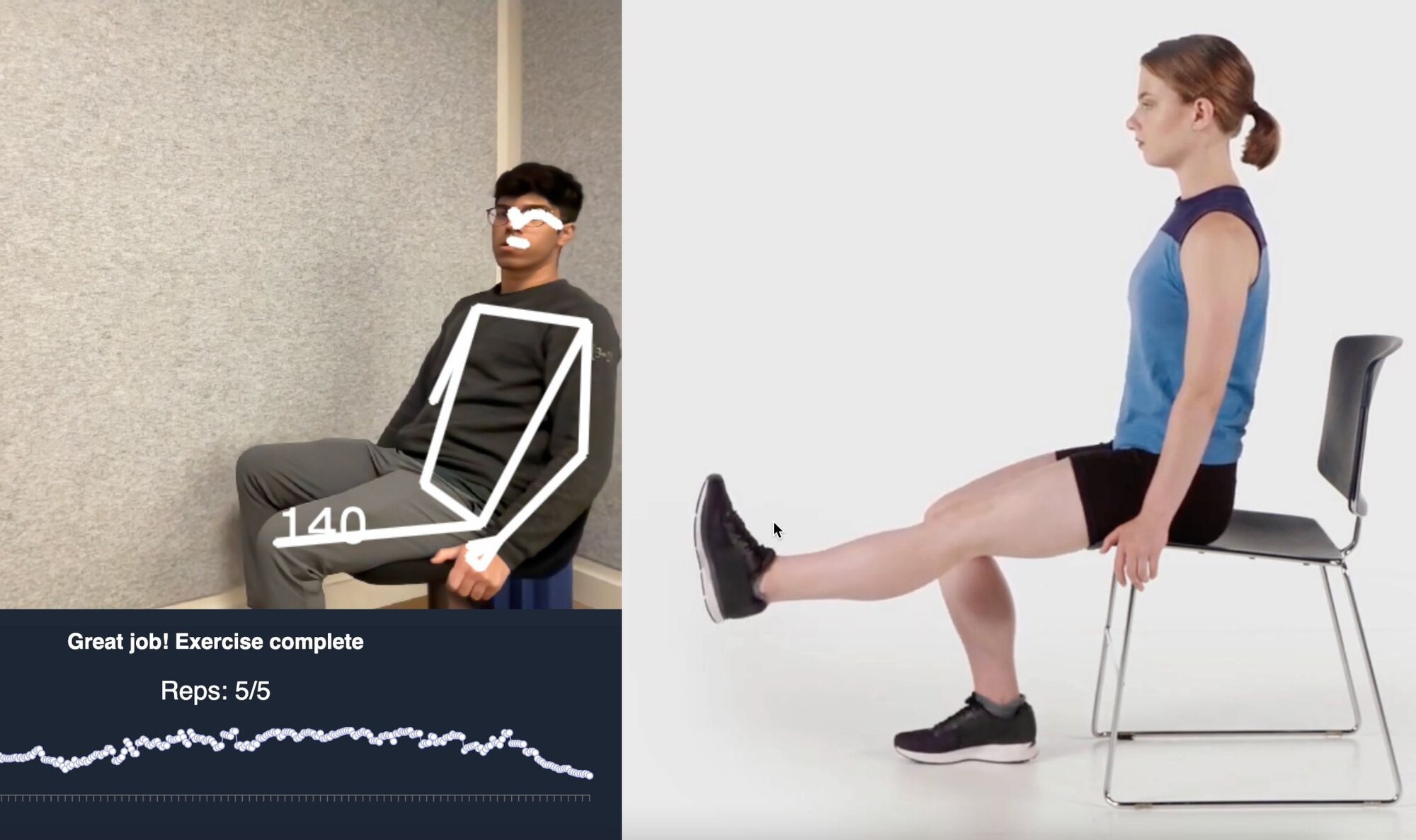Written by Pransu Dash
Published 01/01/2024

RTM and RPM services have transformed patient care by enabling remote tracking of various health metrics, from vital signs to medication adherence. RTM, in particular, extends beyond the clinic, offering patients support and guidance through various digital means. The American Medical Association (AMA) introduced five CPT codes for RTM services in November 2022, which include codes for both practice expenses and treatment management. Similarly, RPM allows healthcare providers to monitor patients' health data remotely, with its own set of billing codes.
Today some new CMS rulings go into effect and make a much stronger case for physicians, and other MSK providers, to implement RTM into their practice.
Understanding the 2024 Physician Fee Schedule Final Rule
This rule clarifies the requirements for remote therapeutic monitoring services and addresses the time needed for planning, data analysis, and patient interaction. One of the key points is that only one provider can bill for RTM and RPM services over a 30-day period, per episode of care.
Combining RPM and RTM with Other Services
It's important to note that RPM and RTM cannot be billed together in the same month. However, they can be billed concurrently with services like Chronic Care Management (CCM) and Behavioral Health Integration.
New Opportunities for FQHCs and RHCs
The 2024 Physician Fee Schedule has opened doors for Federally Qualified Health Centers (FQHCs) and Rural Health Clinics (RHCs), allowing them to receive reimbursement for RPM and RTM services, albeit with certain limitations.
Breaking Down RTM Billing Codes and Rates for 2024
The CMS has adopted five RTM billing codes covering a range of services from device setup to treatment management. Each code has specific requirements and national average reimbursement rates.
Detailed Breakdown of RTM CPT Codes
Key Points for Healthcare Providers
For healthcare providers, understanding the nuances of RPM and RTM billing codes is crucial. These codes are distinct, with specific rules and reimbursement rates. As the landscape of remote monitoring evolves, staying ahead of these changes ensures effective service delivery and billing practices.
Follow Shasta Health for more updates and insights into the often cloudy world of healthcare billing and reimbursement. Our aim is to keep you informed and ahead in delivering high quality patient care.